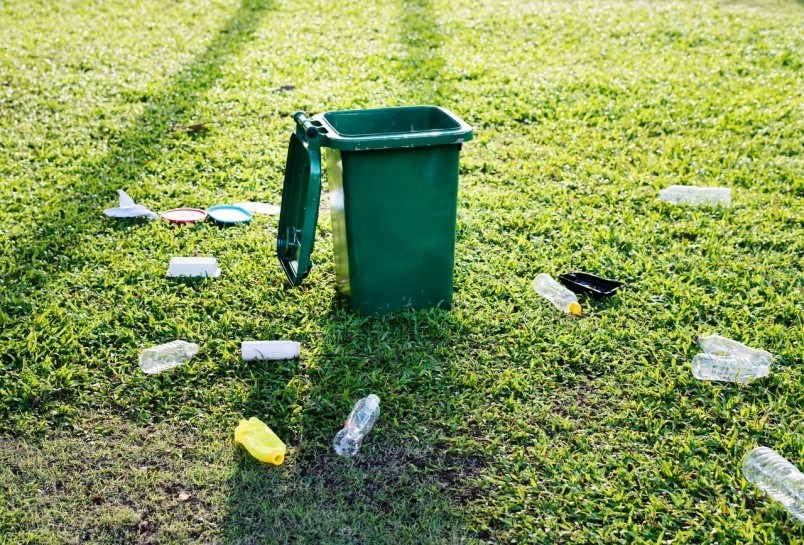Squamish’s recycling habits are, at best, below average, which could deal a significant blow to the District’s pocketbook in the long term.
While no fines have been levied yet, the District itself could be penalized in $5,000 increments, with a ceiling of $125,000 per year by Recycle BC, if the town doesn’t get its act together.
“If (The District gets) those fines, they’re going to be passed on to people through their solid waste utility bill,” Mayor Karen Elliott told The Chief.
“Ultimately we all pay for it. So it’s important that we all take a bit of a collective effort to do a better job.”
Recycle BC, which has been disposing of the town’s residential recyclables since March, found Squamish had a contamination rate substantially above the norm.
This refers to the amount of items that can’t be recycled from curbside pickups.
After several audits, Squamish’s contamination rate averaged at 16 per cent, significantly higher than the provincewide norm for similar communities, which is 9.3 per cent.
The ideal is three per cent.
Glass, garbage, bagged recycling, plastic bags and overwrap are all considered contaminants.
Glass can’t be sorted from curbside pickups — rather, it has to be dropped off at the depot.
Bagged recycling doesn’t get processed because regulations prevent workers from opening it. It’s then thrown away.
As a result, council is entertaining the idea of creating a $42,000 part-time position for a staffer who would teach people how to sort their recyclables, and, if necessary, hand out fines.
The District has yet to formalize how much a fine would cost each resident, but staffers say it could reach up to $500.
Recycle BC was not the only organization to find flaws in residents’ recycling habits.
The District conducted its own study, hiring Tetra Tech Canada Inc. to examine if locals were separating their reusables and organics from their trash.
According to the study, which analyzed the contents of the Squamish landfill, only 24 per cent of the material found there couldn’t be recycled or composted.
The remainder was either recyclable or compostable, suggesting most of the material never should’ve made it to the dump in the first place.
Breaking the remaining three-quarters of waste down, 45 per cent was found to be compostable; 11 per cent was recyclable and 20 per cent was recyclable, but had to be dropped off in person at the depot.
Long term, this can also create implications for Squamish’s trash heap. If a sizeable portion of items being thrown away go to the dump rather than the recycling depot, more money will have to be spent to expand the landfill.
Since 2015, about $6 million has been poured in to vertically expand Squamish’s landfill — in other words, make the structure taller.
On average, each Squamish resident produced 610 kilograms of solid waste last year. The District is hoping to shave that number down to 350 per person by 2020.




